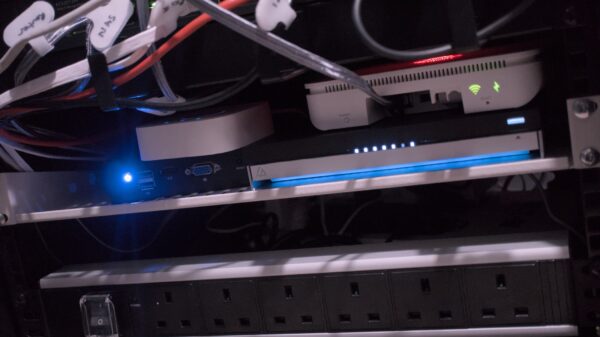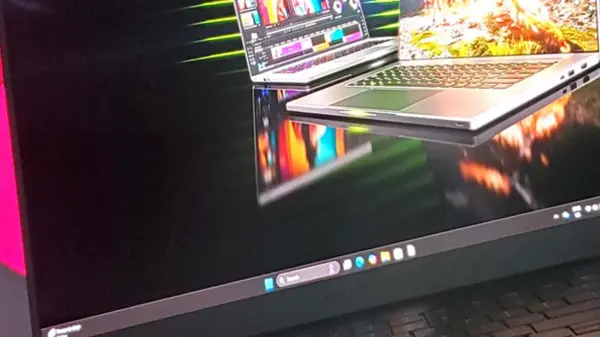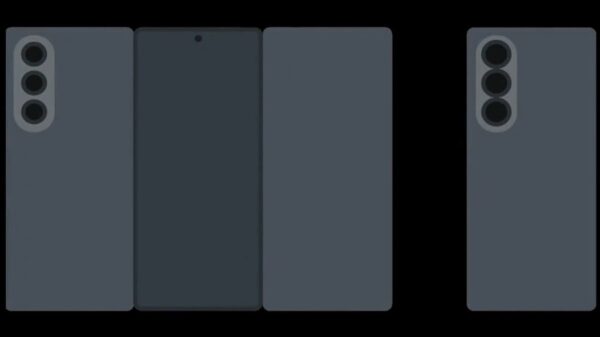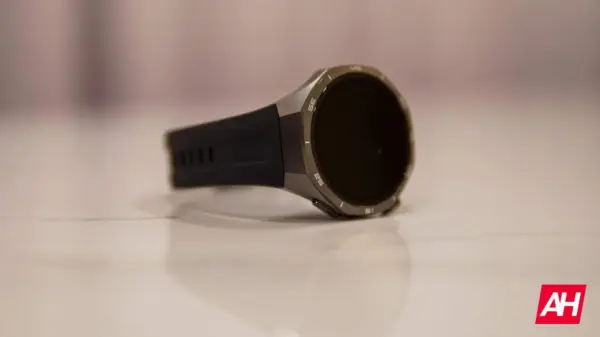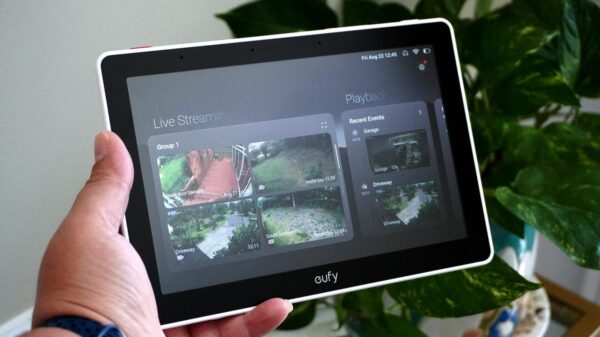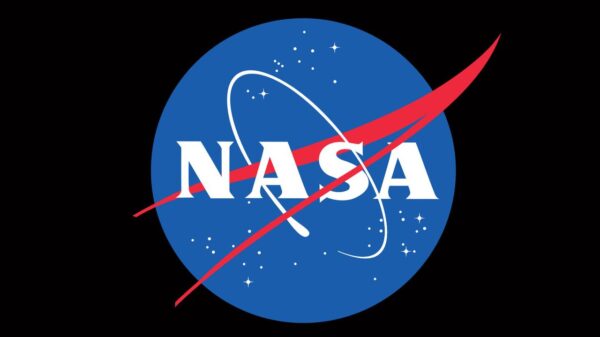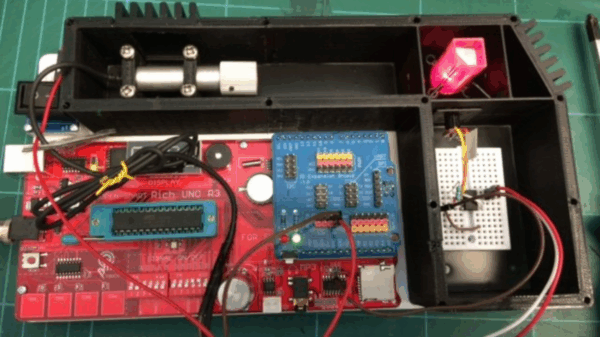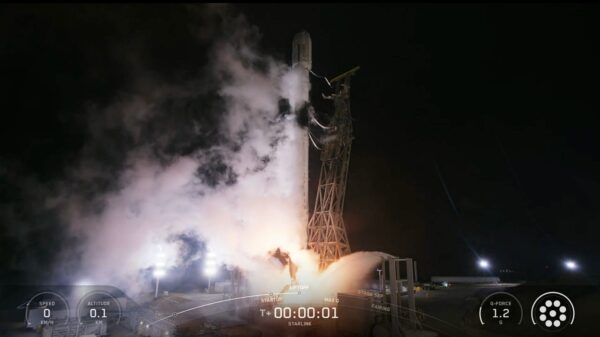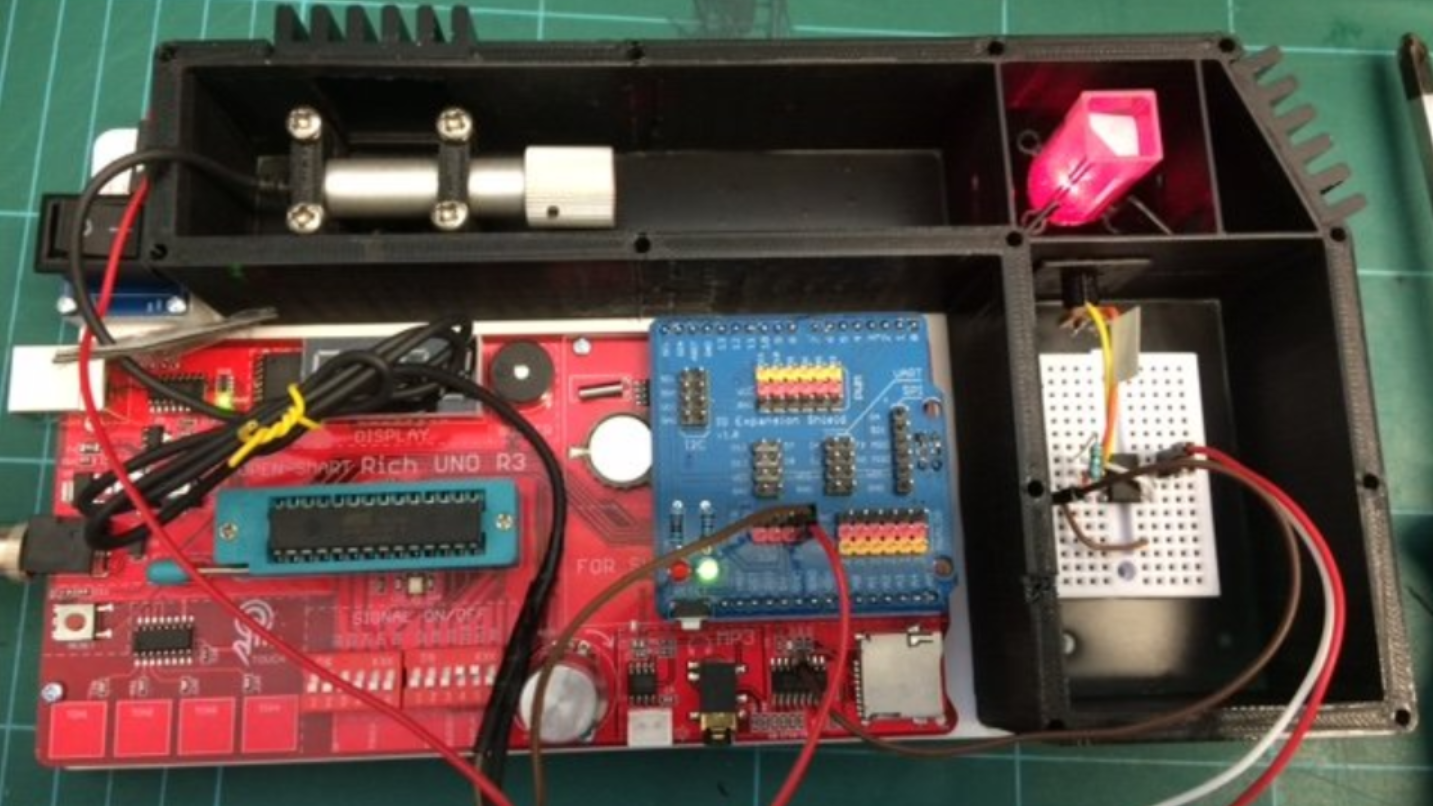Measuring the size of nanoparticles has long posed challenges for scientists due to their minuscule dimensions, often making them invisible to conventional optical microscopes. A recent development in the field utilizes a dynamic light scattering system known as OpenDLS, designed by researcher Etienne, which enables more accessible measurement techniques for laboratories lacking advanced equipment.
Dynamic light scattering operates by directing a laser beam into a suspension of fine particles. This method leverages the principles of Brownian motion, where the random movement of particles causes fluctuations in the intensity of the scattered light. By analyzing these variations, researchers can determine the particles’ speed and subsequently calculate their size. The OpenDLS system is built using a combination of 3D printed and laser-cut components to hold a laser diode, which directs light into a cuvette while a light sensor captures the scattered light data.
Etienne experimented with several light sensor options, including a photoresistor and an Arduino-compatible sensor, ultimately opting for a photodiode with a two-stage transimpedance amplifier. The system records data at a rate of 67 kHz using an Arduino, which then transmits the information to a host computer. There, software libraries such as SciPy and NumPy are employed for data analysis.
Despite the innovative design, there are notable challenges. The Python program used for analysis is somewhat outdated, having been developed in Python 2, indicating that updates may be necessary for contemporary use. Moreover, when testing with a standard 188 nm polystyrene dispersion, the OpenDLS calculated a particle size of 167 nm. This consistent underestimation is attributed to multiple scattering events, suggesting that further dilution of the sample could improve accuracy, although this would complicate measurements due to signal weakness.
The OpenDLS is not the only creative approach available for measuring small particles. However, for labs without access to scanning electron microscopes, this system represents a practical and innovative solution. Nanoparticles serve as excellent test subjects for various optical measurement methods, and advancements like OpenDLS continue to expand the toolkit available to researchers in the field.
As the demand for precise nanoparticle measurements grows across various scientific domains, tools like the OpenDLS will play a crucial role in enabling further discoveries and innovations.





